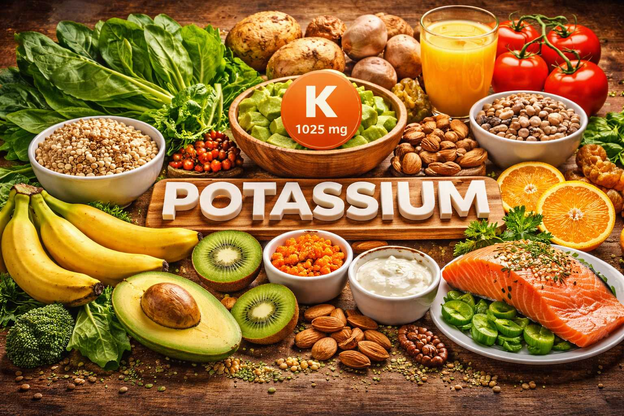For many veterans, transitioning from military service to civilian life is a journey filled with both pride and challenges. The camaraderie, structure, and shared sense of mission that define military life often leave a lasting imprint. Yet, after returning home, many veterans report feeling disconnected from that powerful sense of belonging. One small but meaningful way to rekindle that connection lies in the tradition of the challenge coin—a symbol that carries immense emotional and psychological weight.
Challenge coin traditions stretch back more than a century, originating in the military as a way to recognize valor, unit membership, or special achievement. Over time, they have evolved into a widespread symbol of brotherhood, service, and shared identity. For a veteran, receiving or carrying a challenge coin can represent more than just a memento—it’s a tangible reminder of purpose, pride, and the people they served beside. The weight of the coin in one’s pocket, the feel of its engraved insignia, and even the memories it evokes can serve as a grounding force during times of uncertainty or transition.
A Symbol of Belonging and Recognition
When service members receive a challenge coin, it often comes with a handshake, eye contact, and an unspoken acknowledgment of their contribution. That simple exchange can be deeply validating. For veterans, especially those who struggle with feeling forgotten or undervalued after leaving the service, that small piece of metal becomes a powerful symbol of inclusion. It affirms that their service mattered and continues to matter. Organizations and veteran advocates who give challenge coins during outreach events, reunions, or recognition ceremonies help reinforce that message: “You are still part of something larger than yourself.”
Bridging the Gap Between Military and Civilian Life
The coin can also be a conversation starter, allowing veterans to share their stories with civilians who may not fully understand military culture. Each coin tells a story—of missions, units, shared hardships, or remarkable acts of teamwork. When a veteran pulls out their coin and explains its meaning, they’re not just reliving memories; they’re building bridges. This exchange fosters empathy, awareness, and appreciation in the community, helping to narrow the divide that too often separates veterans from the civilian world they return to.
Supporting Mental and Emotional Wellbeing
Carrying or collecting challenge coins can have surprising emotional benefits. The coin serves as a portable token of resilience—a daily reminder that the person who earned it has already faced and overcome tremendous challenges. For veterans dealing with anxiety, depression, or post-service adjustment difficulties, simply holding their coin can help ground them in their identity and strength. Many veterans describe their coins as “anchors”—physical reminders that they belong, that they’ve endured, and that they still have value and purpose.
A Lasting Legacy of Connection
Veteran advocacy groups, nonprofits, and peer-support networks can use challenge coins as powerful tools for recognition and engagement. Distributing coins at veteran events, workshops, or volunteer programs can motivate participation, strengthen community bonds, and create lifelong connections.
Ultimately, the challenge coin’s true power lies not in its material value but in the meaning it carries. It’s a symbol of pride, unity, and shared purpose.



















